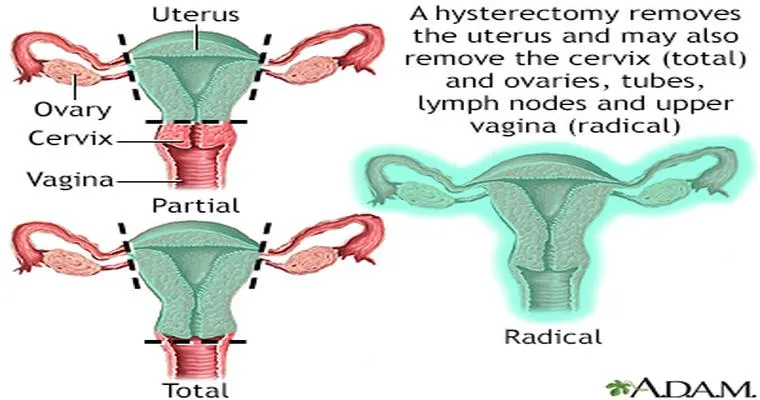Urinary Tract Infections, commonly known as "UTIs", are a significant health concern among the "elderly population". Often overlooked, these infections can lead to severe complications if not addressed promptly. Understanding the "signs", "symptoms", and "treatments" of UTIs in older adults is crucial for ensuring their well-being and maintaining their quality of life.
Understanding UTIs in the Elderly
A "UTI" occurs when harmful bacteria enter the urinary tract, leading to infection. While UTIs can affect anyone, the "elderly" are particularly vulnerable due to various factors such as weakened immune systems, the presence of chronic illnesses, and certain medications that may alter urinary function.
Signs and Symptoms of UTI in the Elderly
Recognizing the "signs" and "symptoms" of a UTI in older adults can be challenging. Unlike younger individuals, the elderly may not exhibit the classic symptoms of a UTI, such as painful urination or urgency. Instead, they may present with more subtle signs, including:
1. "Confusion or Delirium": Sudden changes in mental status are often one of the first signs of a UTI in the elderly. This may manifest as confusion, agitation, or difficulty concentrating.
2. "Increased Frequency of Urination": A noticeable increase in urination, often with little urine produced, can indicate a urinary infection.
3. "Foul-Smelling Urine": Changes in the odor of urine may signal the presence of an infection.
4. "Lower Abdominal Pain or Discomfort": Some elderly individuals may report discomfort in the lower abdomen, which can be a sign of a UTI.
5. "Fever": While fever is a common symptom of infection, it may not always be present in elderly patients. A low-grade fever can still indicate a UTI.
6. "Nausea or Loss of Appetite": Some elderly patients may experience gastrointestinal symptoms, which can lead to a decrease in appetite.
Diagnosis of UTI in the Elderly
Diagnosing a "UTI" in the elderly typically involves a combination of medical history review, physical examination, and laboratory tests. A healthcare provider may request a urine sample to identify the presence of bacteria, blood, or pus, confirming the diagnosis.
Treatment Options for UTI in the Elderly
Treatment for UTIs in the elderly usually involves antibiotics, which are effective in eliminating the infection. The choice of antibiotic may depend on the specific bacteria causing the infection and the patient's overall health. It's essential for healthcare providers to consider the patient’s age, kidney function, and any other underlying health conditions when prescribing medication.
1. "Antibiotics": Commonly prescribed antibiotics for UTIs include trimethoprim-sulfamethoxazole, nitrofurantoin, and ciprofloxacin. The duration of treatment may vary, typically lasting from three to seven days.
2. "Increased Fluid Intake": Encouraging the elderly to drink plenty of fluids can help flush bacteria from the urinary tract and support recovery.
3. "Pain Relief": Over-the-counter pain relievers, such as acetaminophen or ibuprofen, may be recommended to alleviate discomfort associated with the infection.
4. "Preventive Measures": To reduce the risk of future UTIs, elderly individuals should practice good hygiene, stay hydrated, and consider regular medical check-ups to monitor any underlying health issues that may increase their risk.
Conclusion
Understanding "UTIs" in the elderly is vital for early detection and effective treatment. Recognizing the often subtle "signs" and "symptoms" can facilitate prompt medical attention, ultimately improving health outcomes. With appropriate treatment and preventive measures, the elderly can continue to lead a healthy and active lifestyle despite the challenges posed by urinary tract infections. Regular communication with healthcare providers and awareness of personal health can empower the elderly and their caregivers in managing this common condition effectively.





